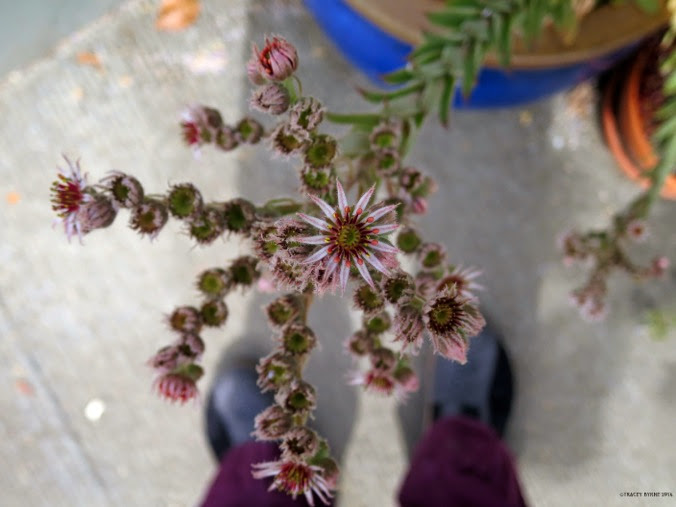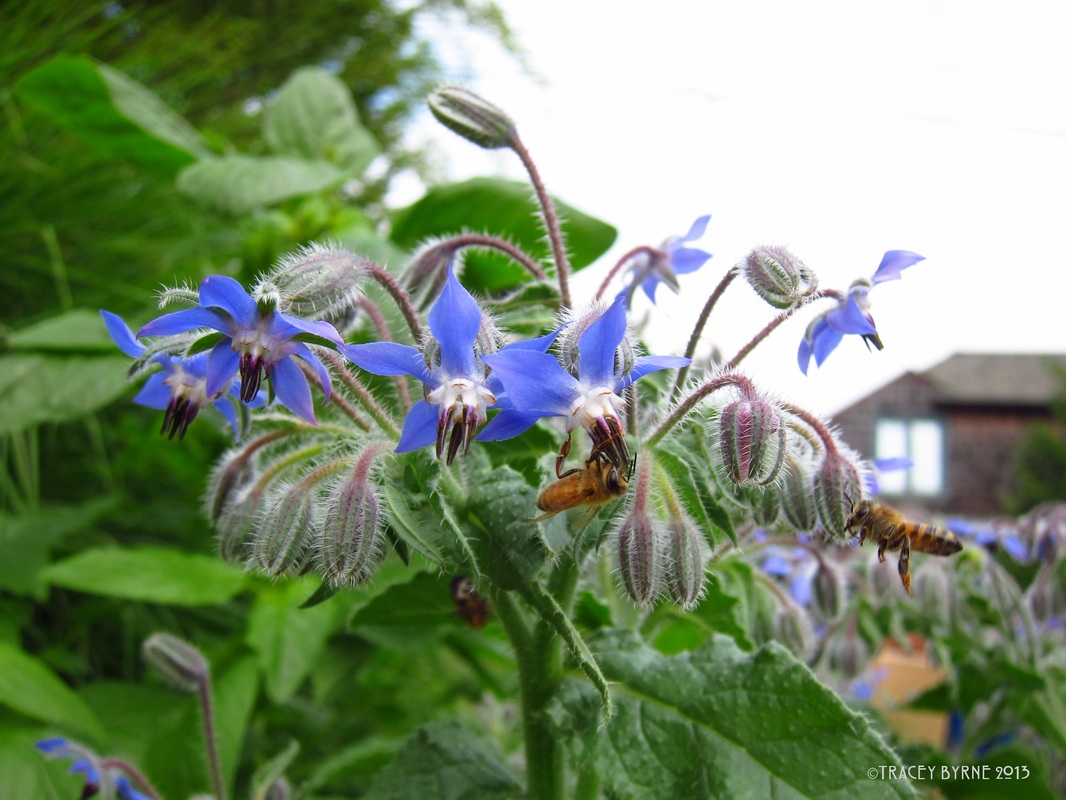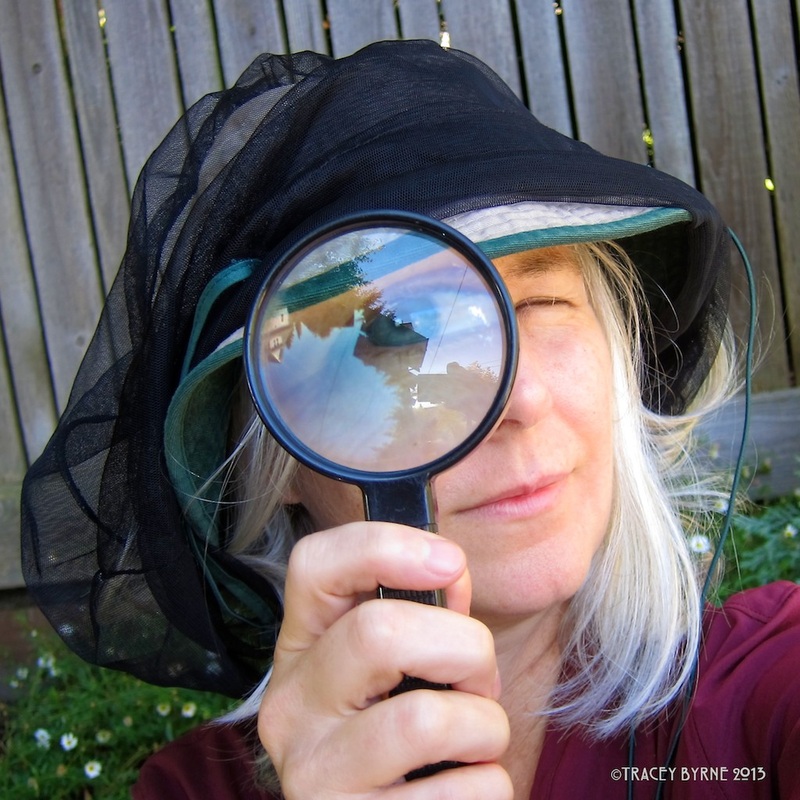Of course, the honeybee is also of European origin, as they were brought to the east coast in 1622; it took them another 231 years to reach the west coast, and not by their own volition-honeybees were brought to both California and Oregon by early settlers.
|
Sempervivum flowering, also known as "hens-and-chicks", a succulent native to Europe and Northern Africa, and which our resident European wool carder bees (Anthidium manicatum)jealously guard (makes sense to me). Rusty, of HoneyBee Suite, has an informative post about these immigrants, which were discovered in the U.S. in 1963 and made it to the west coast by 2007. Of course, the honeybee is also of European origin, as they were brought to the east coast in 1622; it took them another 231 years to reach the west coast, and not by their own volition-honeybees were brought to both California and Oregon by early settlers. Apis Mellifera on borage blossom-like my ancestors, they are immigrants from Europe
0 Comments
Leave a Reply. |
AuthorTracey Byrne~ Categories
All
Archives
April 2024
|


 RSS Feed
RSS Feed
